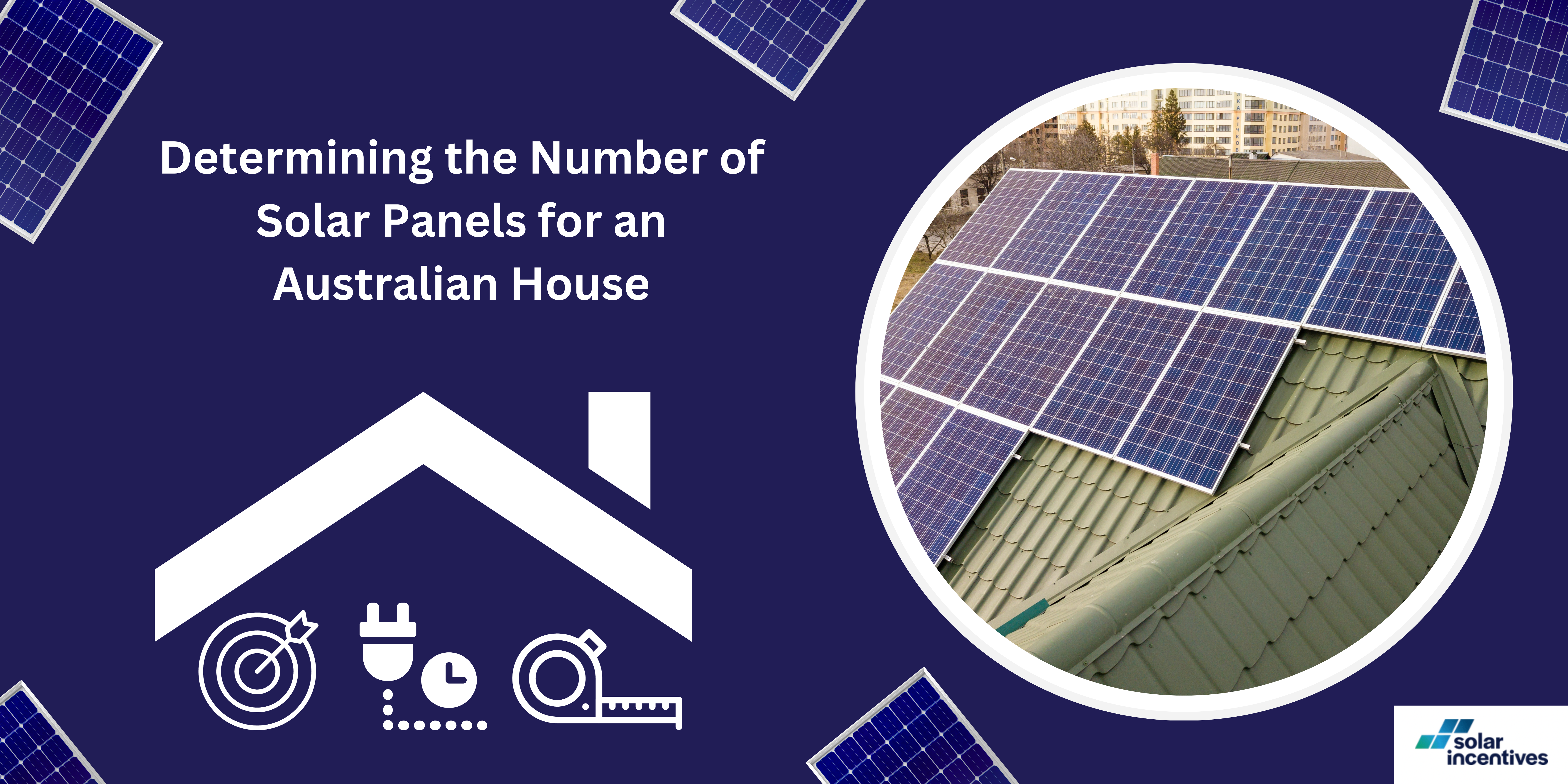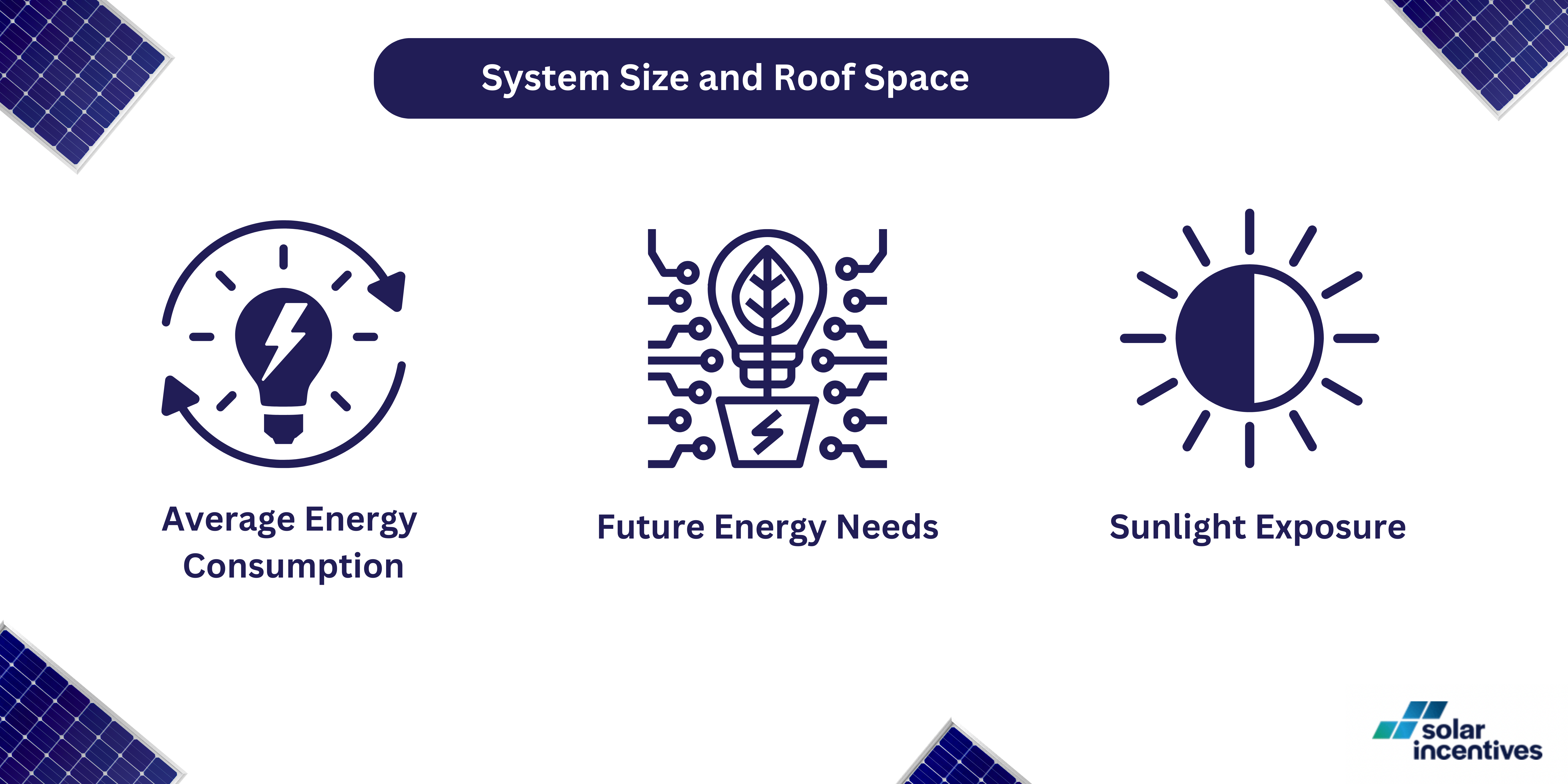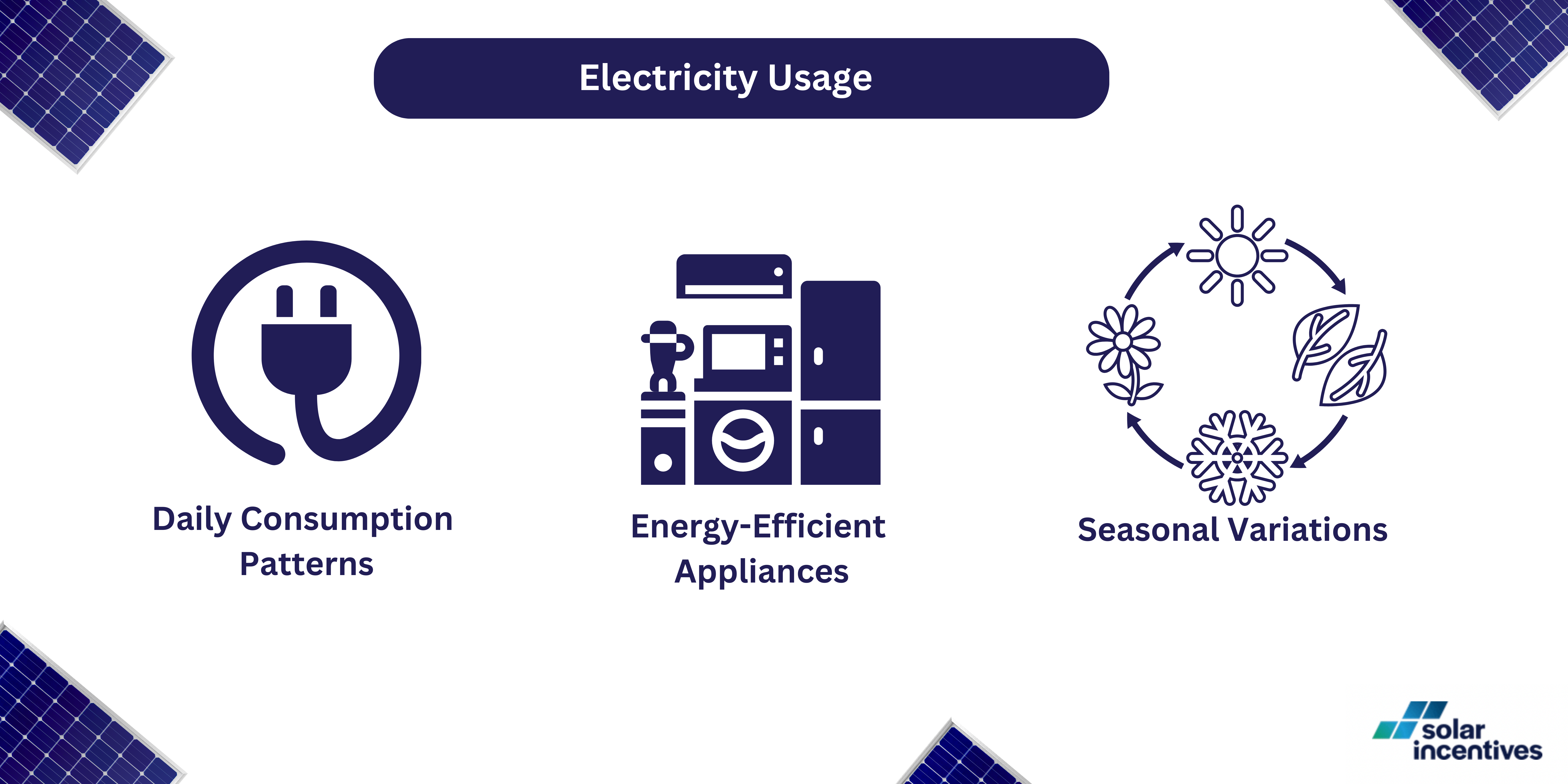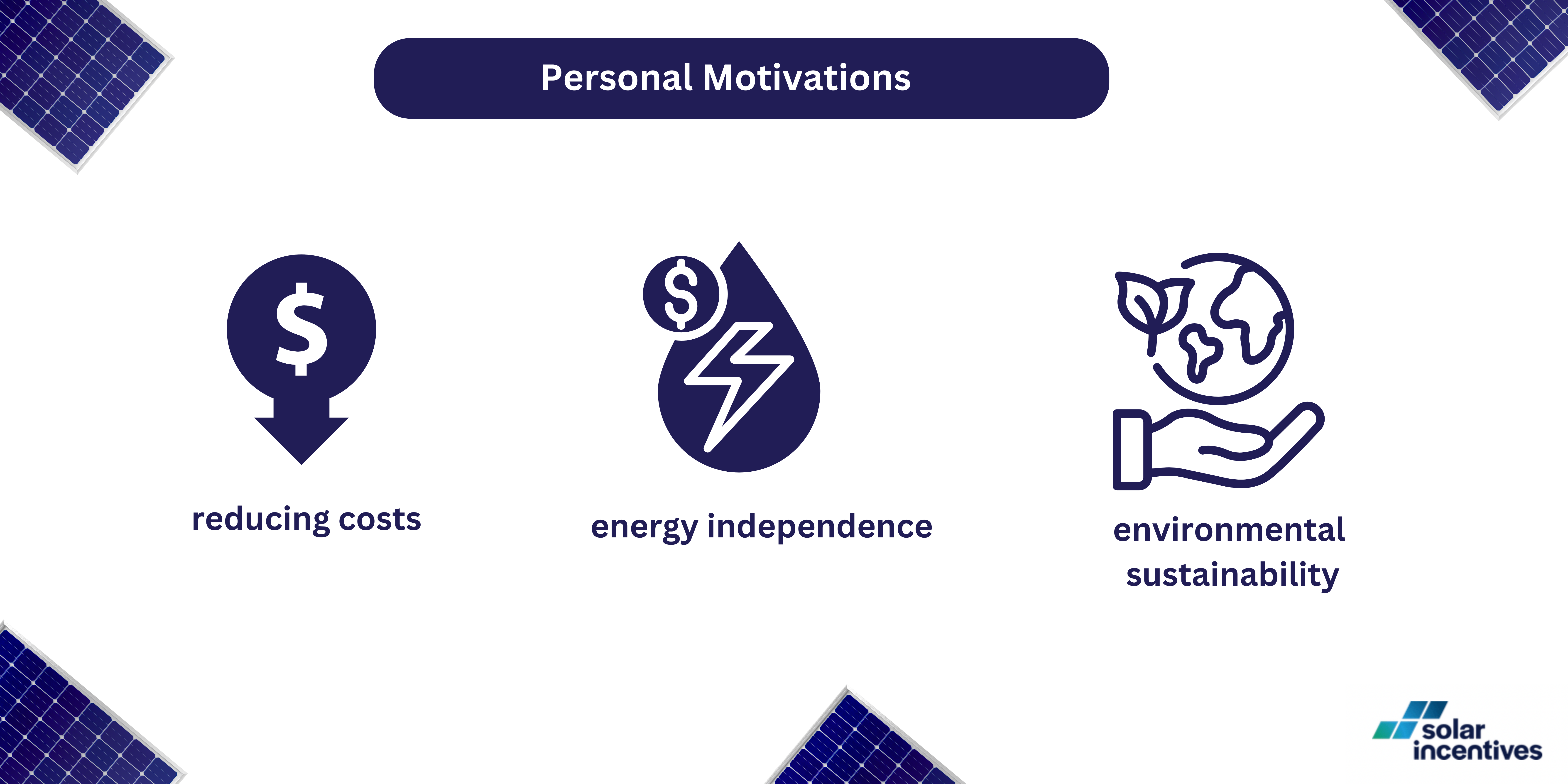Determining the Number of Solar Panels for an Australian House

Steve Hill
Expert in Residential and Commercial Solar Solutions and Energy Efficiency
4 min read · 23rd November 2023
Determining the number of solar panels needed to run a house in Australia depends on several factors. Those factors are the size of the solar system, the electricity usage of the household, roof space, budget, and personal goals for going solar.
System Size and Roof Space

A typical recommendation for Australian homes is a solar system around 5kW. This typically requires 15-20 solar panels. However, larger systems of 8kW to 10kW are becoming more common. The size of the panels and the available roof space are key factors, as solar panels are usually about 1.7m x 1m.
The ideal system size depends on several factors:
- Average Energy Consumption: Understanding your household’s average energy consumption is key. This information can typically be found on your electricity bills. The goal is to match your consumption patterns with the production capability of your solar system.
- Future Energy Needs: If you anticipate your energy needs increasing, due to factors such as purchasing an electric vehicle or adding more electrical appliances, you should consider a system that can accommodate this future growth.
- Sunlight Exposure: In Australia, the amount of sunlight your area receives will influence the system size. Areas with more sunlight hours can utilise smaller systems more efficiently compared to areas with less sunlight.
Electricity Usage

The average Australian household uses 15-20kWh per day. However, this varies based on factors like household size and appliance usage. The ideal solar system size should match or slightly exceed the household’s electricity usage. For example, a 6.6kW solar system could generate about 26.4kWh on a sunny day.
Here are three things you need to keep in mind:
- Daily Consumption Patterns: Look at how much electricity you use daily. Peak consumption periods, like evenings, might require a system that can store energy in batteries for later use.
- Energy-Efficient Appliances: Using energy-efficient appliances can reduce overall electricity usage, thus impacting the size of the solar system required.
- Seasonal Variations: In Australia, energy usage can vary with seasons. This variability should be considered to ensure that the solar system can cover your electricity needs throughout the year.

Economic Considerations
The cost of the solar system increases with its size, making budget a crucial factor in decision-making. The potential for savings on electricity bills and government rebates are important considerations.
Personal Motivations

Individual goals for installing solar panels are reducing costs, achieving energy independence, or contributing to environmental sustainability. Those goals can influence the required size of the solar system. Those seeking self-sufficiency might consider a larger system and a battery for nighttime use.
Conclusion
The appropriate number of solar panels for a house in Australia depends on various factors including household electricity needs, roof space, budget, and personal motivations. Consulting with a solar expert can help in obtaining a system tailored to specific needs and circumstances.
With over 50 years of combined experience in the energy industry and connections with over 2000 national solar installers, we ensure that your transition to solar power is smooth, reliable, and tailored to your specific needs.
We stand out in the industry for our expertise and commitment to quality, providing a bridge between you, top-notch solar panel installers, and government programs.
Whether you’re upgrading your home, office, store, or factory, Solar Incentives is here to guide you every step of the way.
Take the first step towards a brighter, greener future. Visit Solar Incentives and explore our Solar Program to learn how you can make the switch to solar energy today. Your journey to sustainable living starts here!
Article By
Steve Hill
Steve Hill has a rich background in the solar energy sector and is dedicated to empowering consumers with knowledge, particularly in residential and commercial solar solutions, solar batteries, and energy efficiency products.
Steve enjoys sharing his wealth of experience, offering practical advice, and learning about the latest trends and innovative solutions in the world of solar energy.

